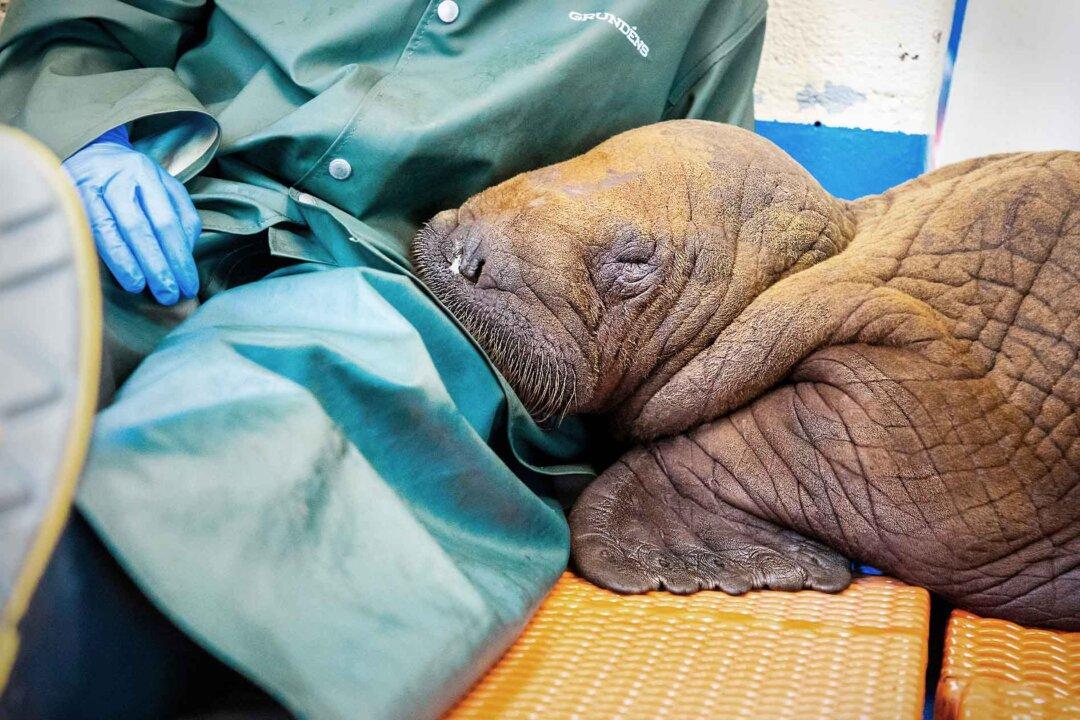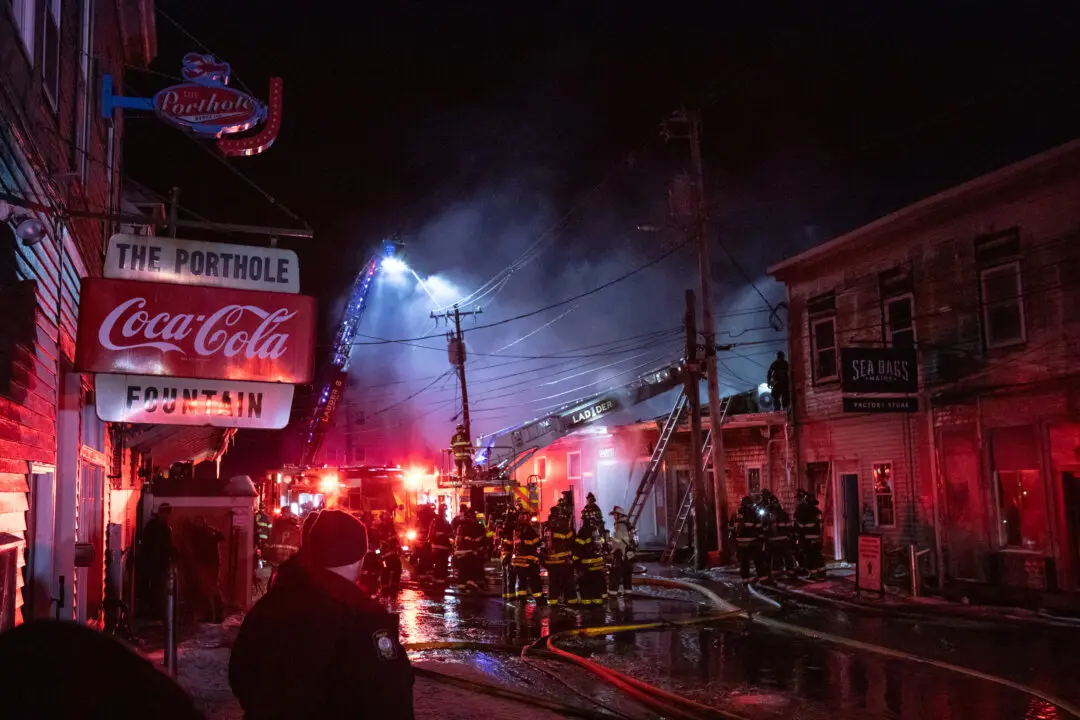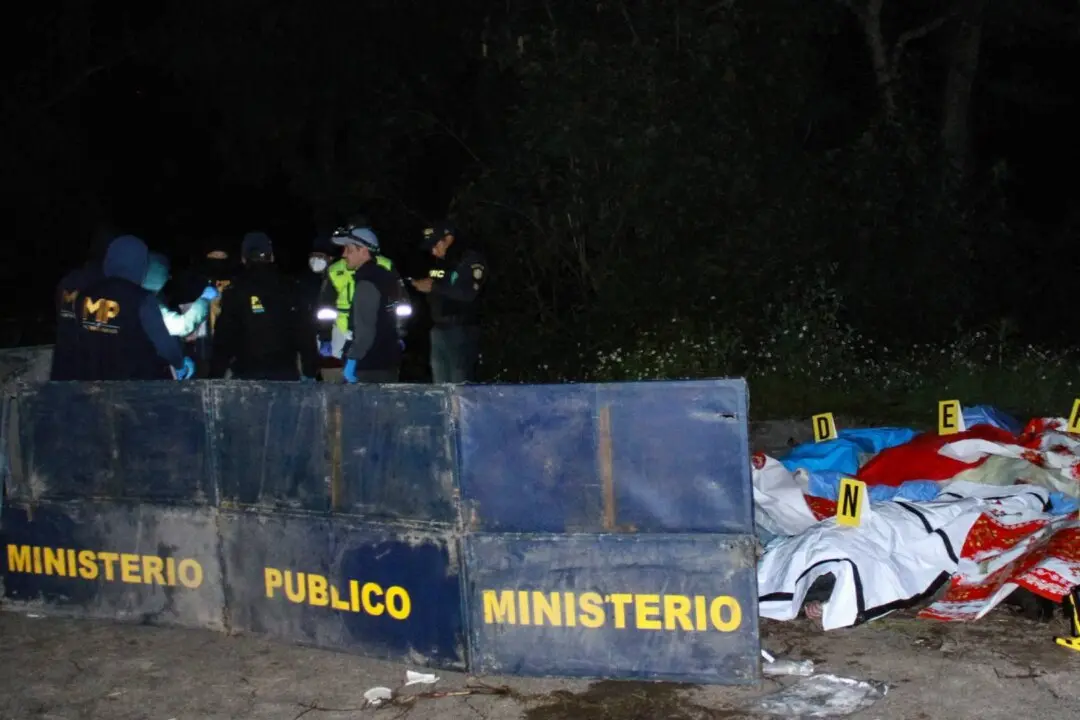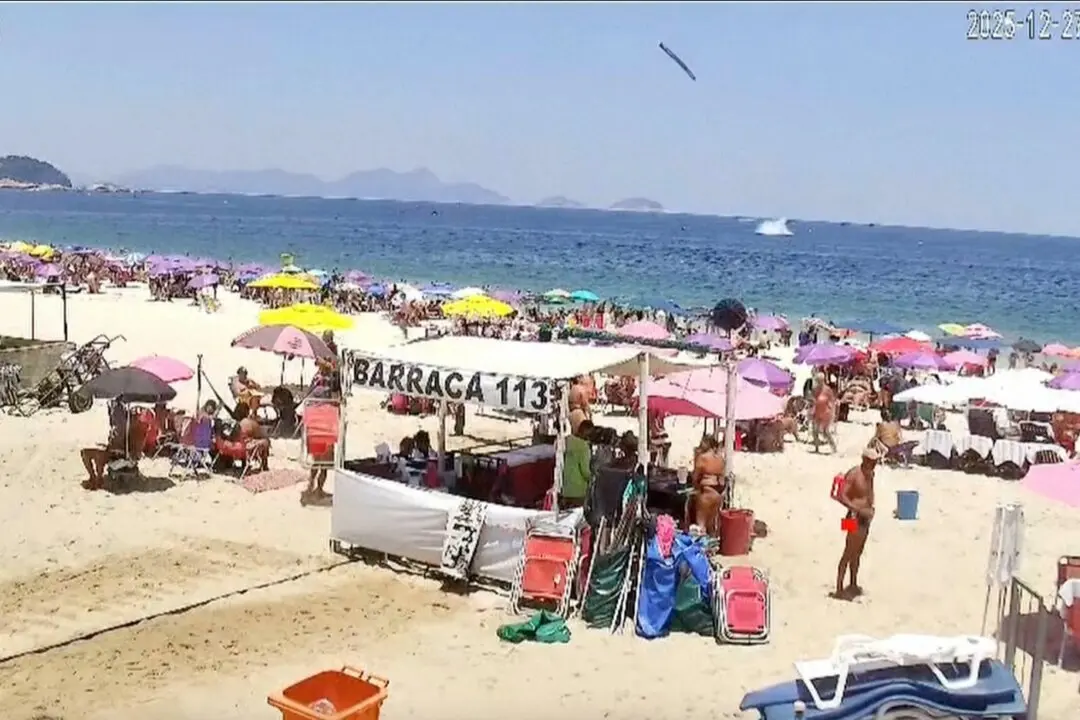A 200-pound (90-kilogram) walrus calf found alone and miles from the ocean on Alaska’s North Slope is being bottle-fed and receiving round-the-clock “cuddling” from doting animal welfare workers who are trying to keep the 1-month-old animal alive.
The male Pacific walrus was found Monday and flown a day later from the North Slope to Seward, where the Alaska SeaLife Center is based, a journey of at least 700 miles (1,126 kilometers). Staff with the public aquarium and nonprofit research facility are caring for the gigantic, brown, wrinkly-skinned calf, which was dehydrated and possibly fighting an infection.






